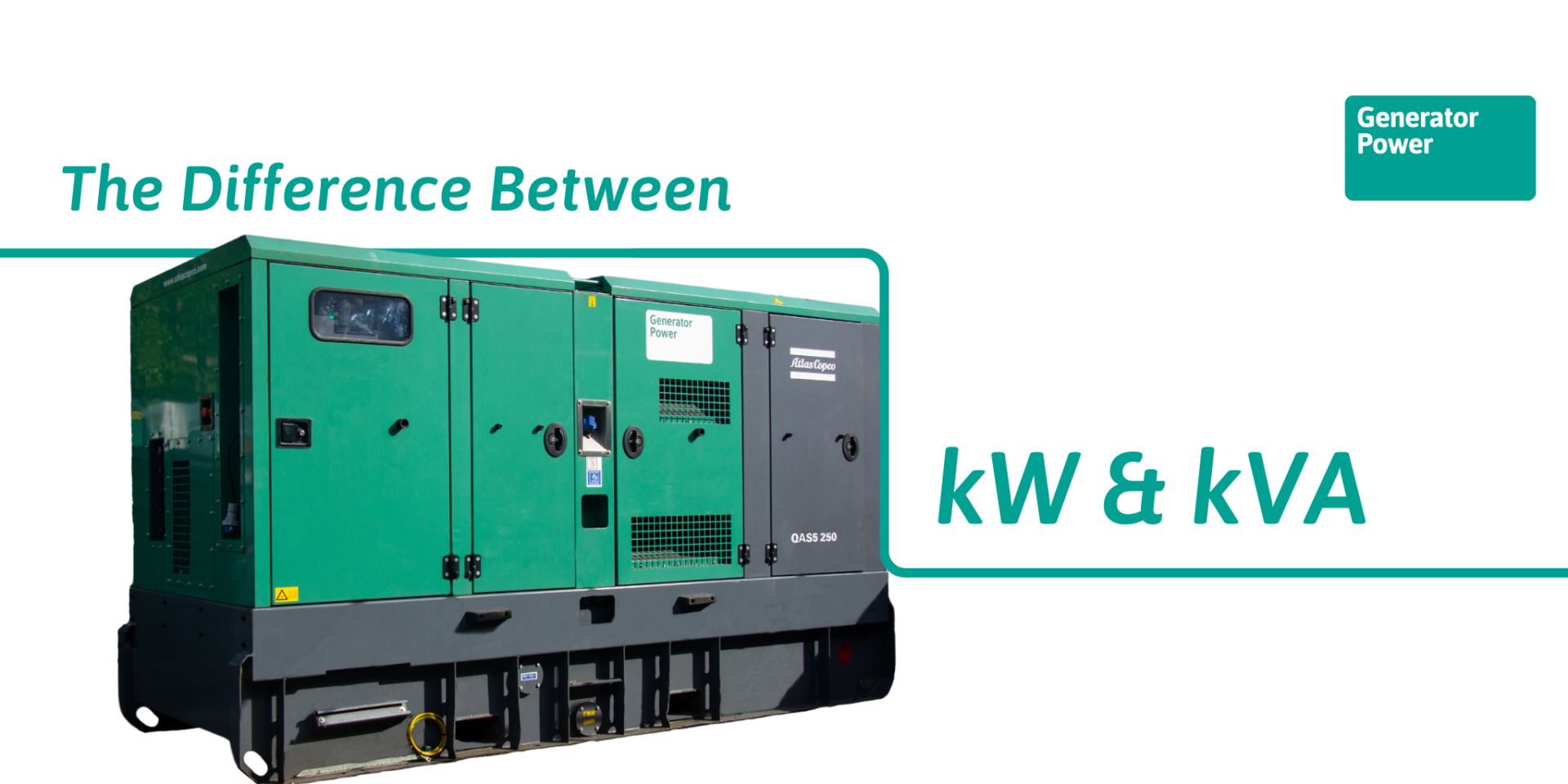Like millions of viewers across the globe, we watched in horror at the impact and after-effects of the Nepal earthquake two weeks ago and today, as we write this news article on 12th May, another major quake has been reported in the region, measuring a magnitude of 7.3 on the scale.
The latest quake struck close to the town of Namche bazaar, which is close to Mount Everest, and strong tremors were also reported in the capital city of Nepal, an area badly damaged by the original quake.
At present, 2000 people have been killed by the original 7.8 magnitude quake and over 6 million people have been affected by the disaster.
Power out in city
Earthquakes are natural disasters which leave trails of devastation in their wake. Buildings topple, power is lost and people are killed or trapped in the rubble created by structures crumbling when plates on the Earth’s crust move.
The shocking impact of a quake can be hard to digest. In Nepal, emergency help has struggled to reach the region due to access issues, but thankfully generators are now finding their way to the disaster zone bringing much-needed power to the area.
New quake creates fresh fears and need for generators
Whilst it is great news that power generators are finally finding their way to Nepal, the fresh quake has shocked the local community still living in the area. BBC news reports state that although the local residents seem fairly calm, they are understandably scared, wondering if new quakes are set to blight the region.
Aftershocks are fairly frequent after major earthquakes. Most are small tremors but according to fresh reports from Nepal, this latest follow-on quake shook the earth for a long time, leaving the locals in a sense of panic.
Many are fearful of taking shelter inside buildings due to the worry of these structures toppling during aftershocks, which show no signs of decreasing in the local area.
What causes an earthquake?
The primary cause of earth quakes is movement of plate tectonics, otherwise known as the earth’s crust. Tension is released where plates meet but fail to move smoothly, they get stuck, and this creates a build-up of pressure resulting in shudders along the ground.
Sometimes the shudders are minor and only a mild tremor is felt. When the shudders are extreme though, such as in the case of the Nepal earthquake, the vibrations or ‘seismic waves’ send a strong ripple effect across the earth’s surface, creating havoc and causing devastation.
Most affected are people living close to the epicentre of the quake, the shockwaves from quakes gradually decrease the further they are from the centre of the quake zone.
How do generators assist in earthquake disasters?
The biggest cause of concern during the initial stages of an earthquake is damage to buildings and property which often leads to a loss of life. Major quakes have been known to move earth and create mudslides, ground becomes unstable, flooding and fires break out, plus there is often a loss of power.
In situations such as this having a good supply of standby or emergency power generators can provide welcome relief to the disaster zone, powering vital equipment and providing light to areas most affected by the quake.
Qatar has just donated 60 generators to the Nepal Red Cross Society to be distributed throughout quake-hit zones, and this noble act is something we can appreciate at Generator Power.
If you would like to help the victims of the Nepal earthquake, Christian Aid are accepting donations to help prevent further deaths and you can donate here.








